GARDENING
Shoots and leaves for eats: Growing a small herb garden, for beginners
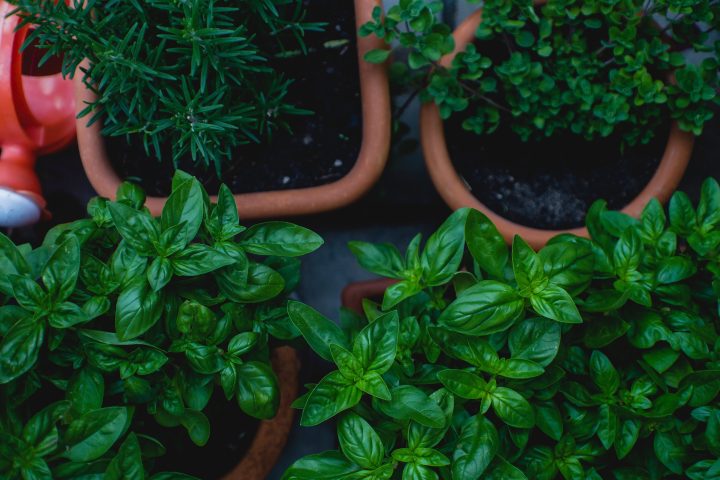
Growing your very own herb garden at home is one of the simplest ways to begin growing your own food and testing out your green thumbs, whatever the size of your space. However, there are some ground rules to take into consideration.
Be it for the convenience of having your own fresh herbs, the pleasure of gardening and nurturing plants, or even to teach kids the value of growing your own food, growing a herb garden is one of the easiest ways to get into gardening even with limited space, such as a small outdoor garden patch or perhaps in planters on an apartment balcony, or even a kitchen window sill. To get started, you can choose whether you want to buy a packet of seeds or get plants already in trays at your local nursery and you’re good to go. However, there are a few basic ground rules to ensure success.
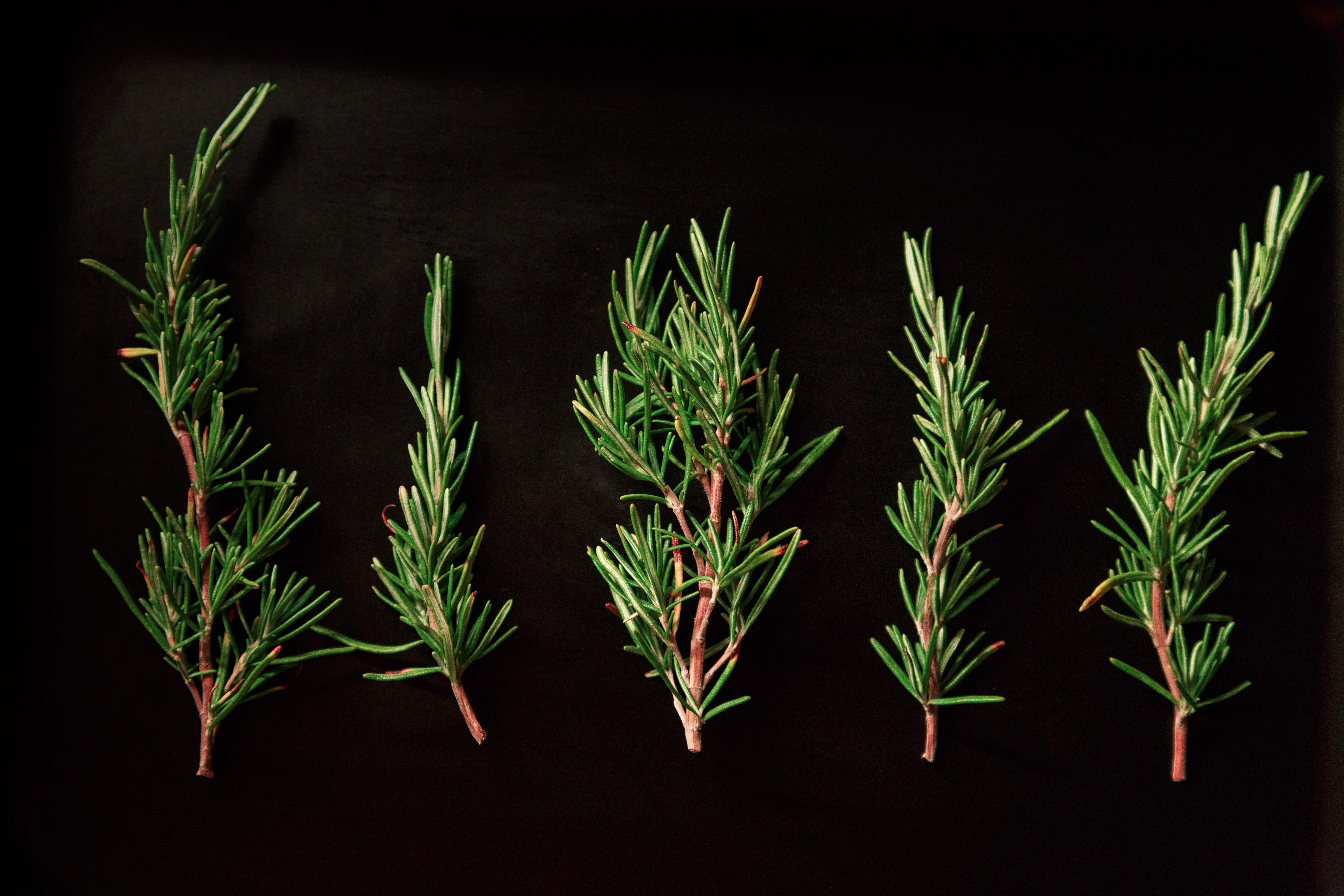
Image: Unsplash.com/Manuela Bohm
Choosing which herbs to grow
“Selecting which herbs to grow should depend on what you want to eat,” says Ian Weir, a horticulturist with over four decades of experience, and the founder of Essential Amathole, an essential oil farming operation located in the Amathole district of the Eastern Cape. “For example, some of the most common herbs people eat are basil, rosemary, thyme, and to a certain extent, dill. And then of course there’s coriander. But it should largely be guided by what you want to eat,” he elaborates.
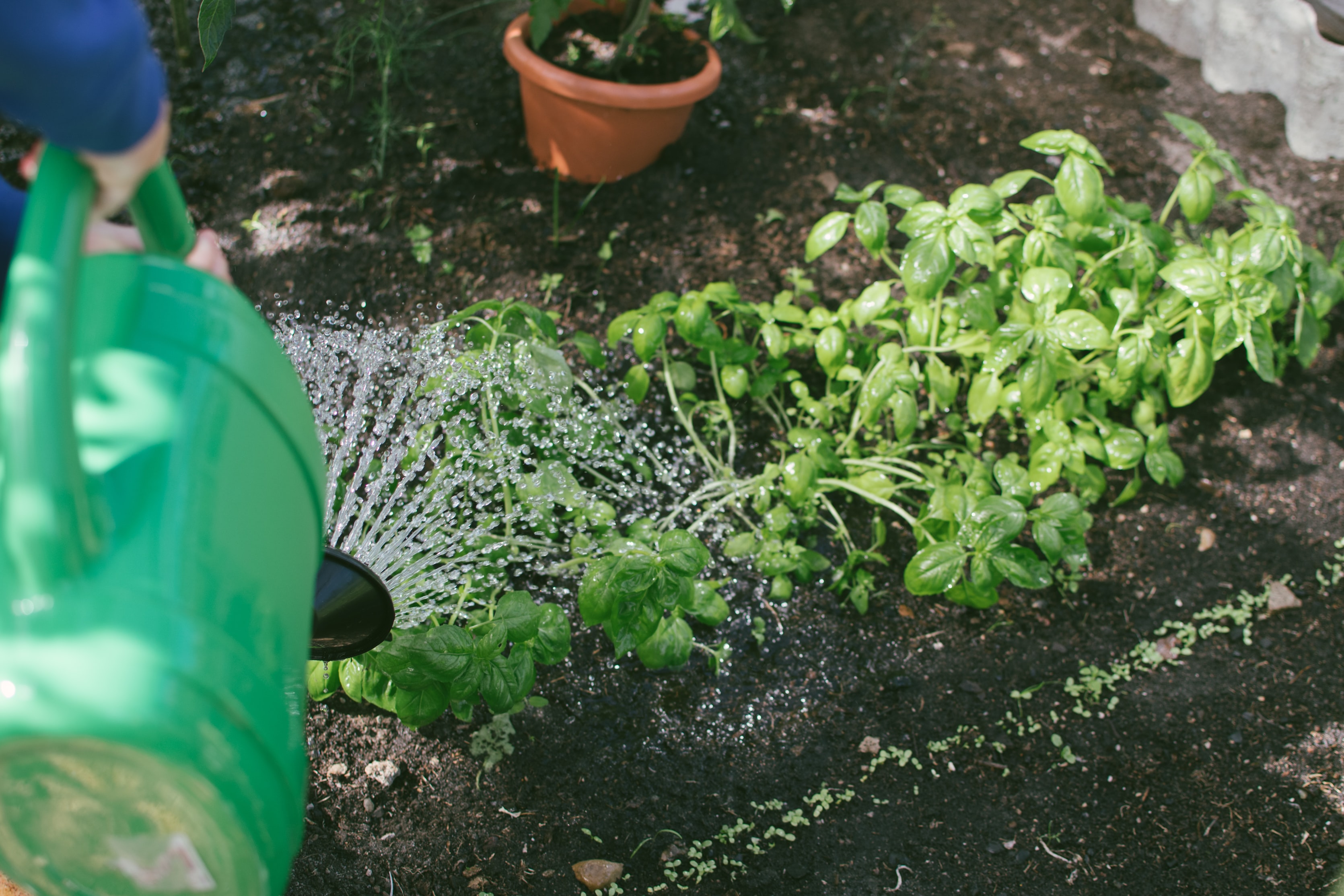
Image: Unsplash.com/Pille R. Priske
Equally important is to consider the climate, says Weir: “The first step is to work out your sun direction. That’s the key, especially with a city garden. Does your balcony or garden patch get morning sun? Does it get afternoon sun? Does it get any sun at all? Generally, plants will require either direct sunlight, or …indirect sunlight; a bit of shade, and a bit of sunshine. You can definitely achieve that on a balcony,” he explains.
Potted indoor herbs in particular, need to be in a “well-lit, bright position” but not necessarily exposed to the direct heat of the sun for long periods. A kitchen window-sill that gets a few hours of daily sunlight would work well in this case.
Depending on which herbs you choose to grow, there are also numerous online resources that take the local climate into consideration and advise how much sun your chosen selection needs, such as Southafrica.co.za’s detailed listing of different herbs and how they react to local weather, The Gardening Dad’s list of the ten best herbs to grow in South Africa, and Eco Herb’s herb gardening blog.
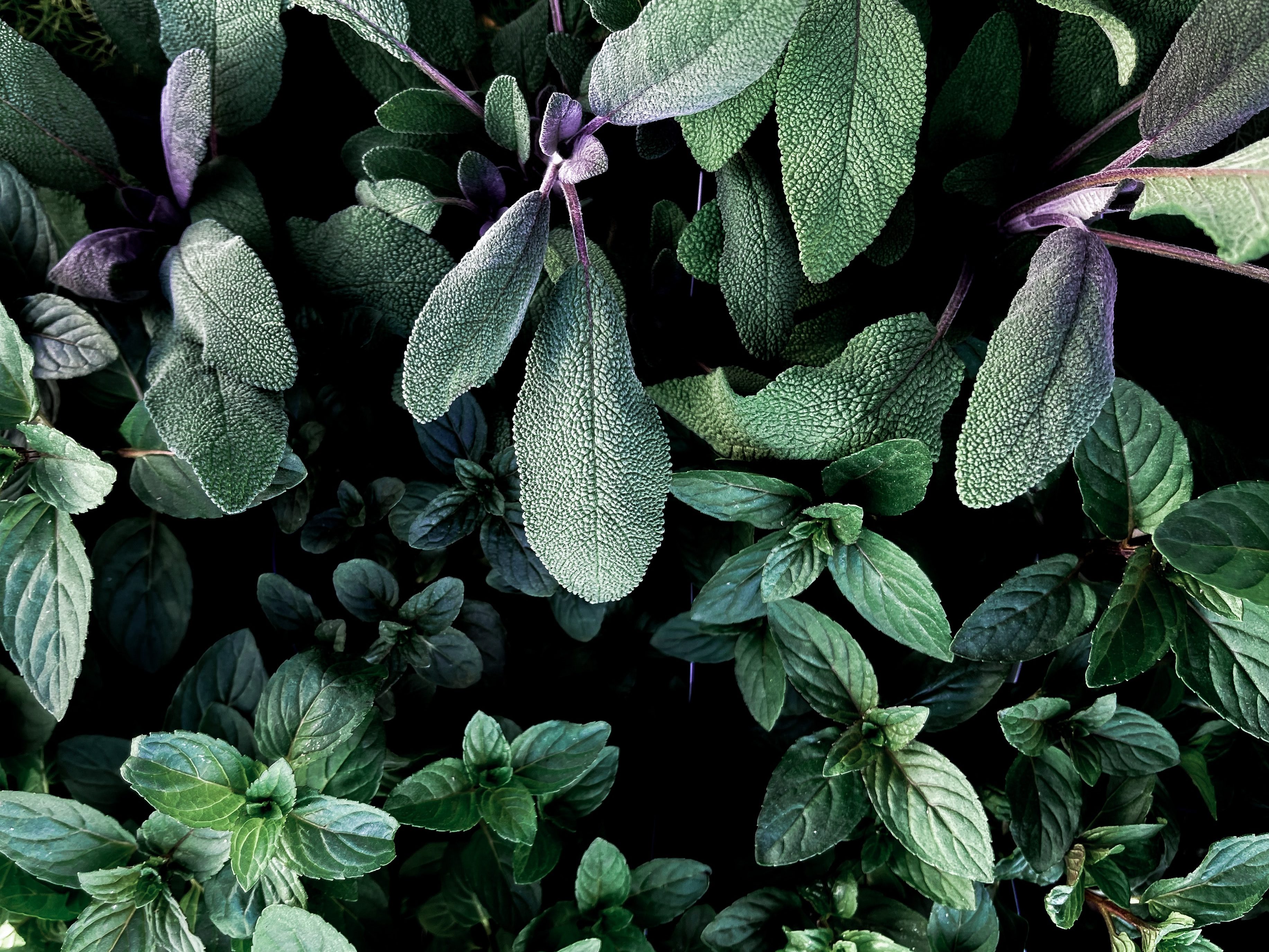
Image: Unsplash.com/Jackie Hope
Soil, the secret to success
Whether you’ve chosen pots, larger planters or are using your actual garden, your soil as the medium to grow the herbs will determine your herb garden’s outcome. “For me, that’s the secret of success. You need to talk to your local nursery about what soil conditioners they’ve got in bags, which you can then put into your soil. And usually, if you’re doing it on open ground, like a one-by-one metre bed, you would introduce your soil conditioner before planting your herbs,” says Weir.
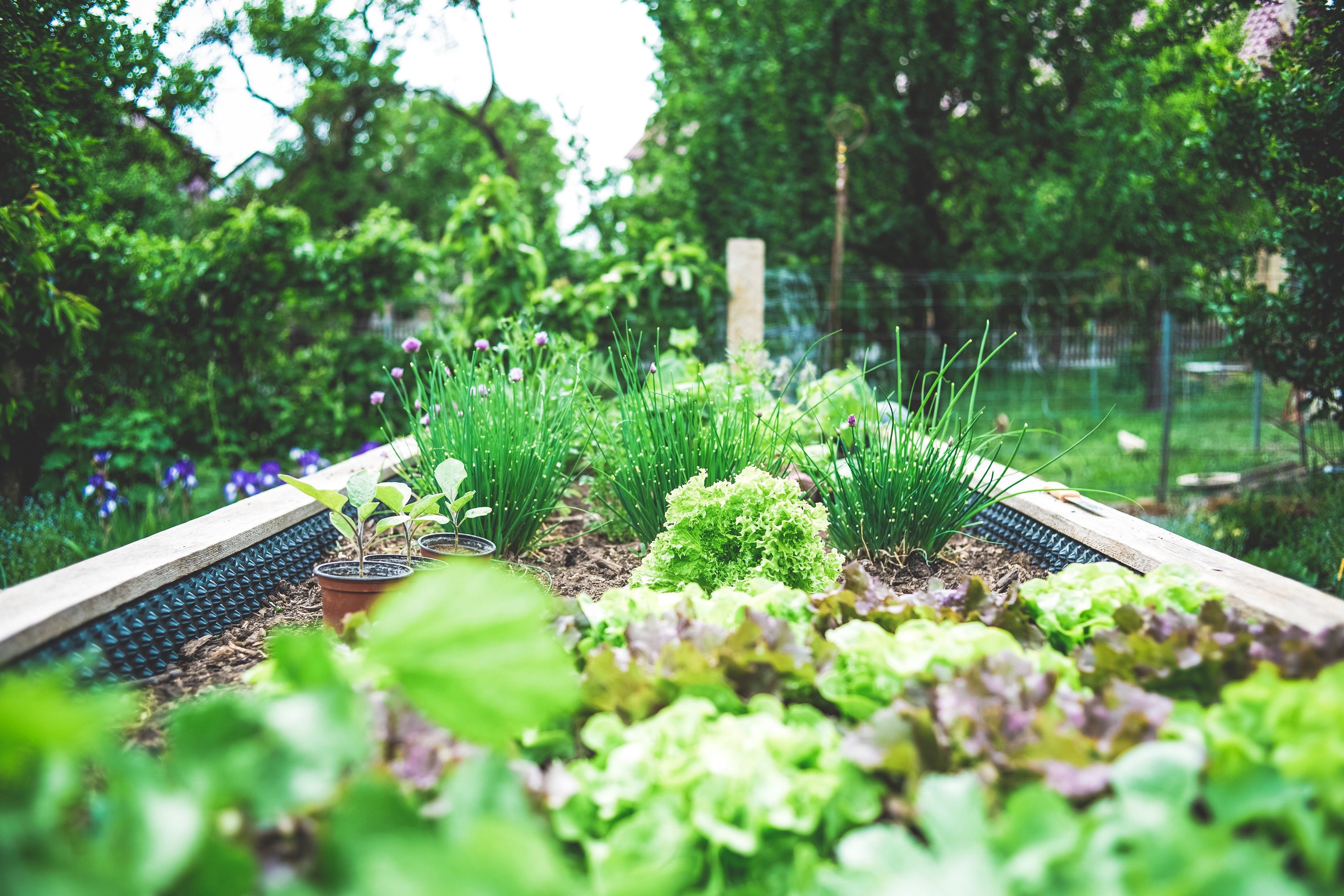
Image: Markus Spiske / Unsplash
A good soil conditioner improves the soil’s physical qualities, such as its capacity to hold water and nutrients, increasing aeration, as well as loosening up clay soils. For a closer look at the role of soil in gardening, make sure to bookmark gardener and Maverick Life contributor Megan Mackenzie’s article, “From the ground up: The importance of good soil”
It is also important to ensure that the soil is well-drained. “The general rule of thumb is that most herbs require no more than 28 millimetres of water over a month, as they are shallow-rooted plants. In containers you have to keep a close eye on the moisture that’s being supplied to the plants because even though the pots don’t hold a great deal of moisture, they must also be properly drained, as some of the plants are not happy with wet feet,” says Weir.
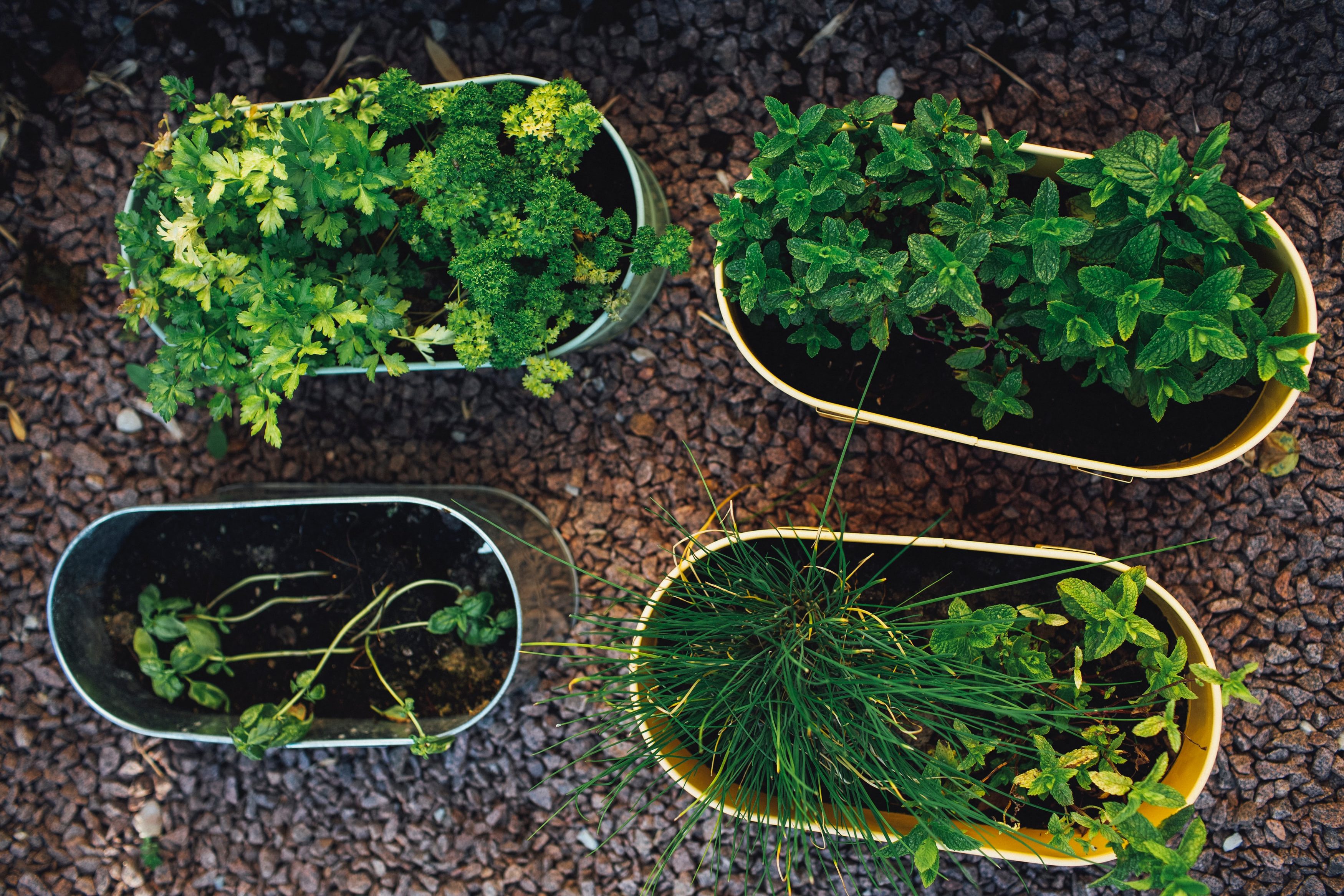
Image: Unsplash.com/Markus Spiske
He highlights that specifically, mints such as peppermint, garden mint and spearmint all “like wet feet”, so they don’t need as much draining, whereas others like thyme, rosemary, coriander, rocket, “all like water, but must be well-drained.” When it comes to gardening in soil that has a lot of clay, it is also important to remember that it doesn’t drain easily. This is something to take into consideration when visiting the local nursery to choose a soil conditioner, as well as in choosing what herbs to grow.
Looking after your plants
“You’ve got to be on top of your medium,” Weir advises, “With all small-scale cultivation, you’ve got to keep an eye on the food that the plants require. For example, you can buy a seaweed concentrate from the nursery, like a foliar fertiliser; you mix it with water and you spread onto your plant on the leaves or you pour it into the growing area. It keeps your plant healthy and growing happily, and allows you to continue harvesting.”
In addition to weeding, pruning, and cutting off spent flower heads, he also recommends interplanting as a way to emulate what happens in nature: “If there’s a diversity of vegetation, the likelihood of serial attacks by insects and viruses is reduced than if you’ve got a monoculture.” Yet another thing to watch out for are slugs and snails, which are largely active at night. Weir recommends checking on your garden in the evening with a head torch, and should there be slugs or snails, “take them away from the plants and then dispose of them.”
Perennial herbs vs annual herbs
Perennial herbs will typically last for years, harvest after harvest. Wier replaces his rosemary plants once every 12 years, “when it gets a bit woody.” Other beloved perennials are thyme and mint. On the other hand, annual plants such as basil, rocket, and dill, typically have a lifespan of a year, during which they grow, produce the leaves you want, flower, and then die. However, with both annuals and perennials, you should be able to harvest the leaves as soon as they are ready throughout the lifecycle.
As the plants grow, some will produce seeds that you can collect and replant, and some others, like rosemary, you’ll be able to take cuttings and propagate at home. “Through trial and error, you start to identify which plants produce beautifully. I started off going to the nursery and getting seeds and stuff, and now we largely collect the seeds from mature plants to keep them; and then start propagating again from that, based on the performance of the plant the year before,” says Weir. DM/ML
















 Become an Insider
Become an Insider
Good advice, my pet Koala is excited too . .